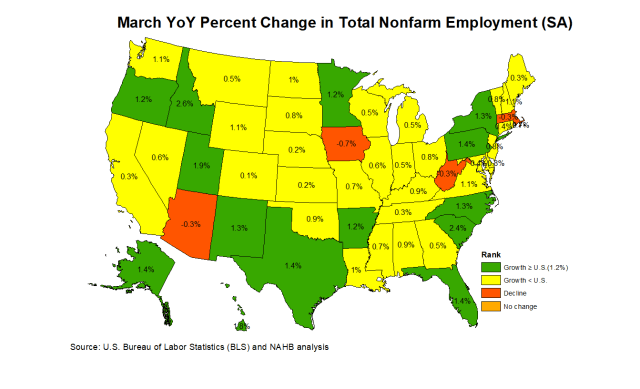Ford Pro Joins NAHB’s Member Savings Program
Diana Carroll2025-04-22T13:15:58-05:00Through this exclusive program, NAHB members can save up to $5,000 on a wide range of Ford Pro cars, trucks, vans and SUVs. Plus, the member discounts can be combined with local dealership offers.



